The Planetary Society’s LightSail 2 spacecraft is continuing to sail on sunlight in Earth orbit. The high point, or apogee of the spacecraft’s orbit around the Earth was 729 kilometers on Monday, 5 August—an increase of 3.2 kilometers since sail deployment on 23 July. The spacecraft has also captured a few new images, which are available on our raw image downlink page.
Category: space travel – Page 384

SpaceX’s Florida Starship hits growth spurt as Texas Starship begins bulkhead installation
In the last week alone, SpaceX’s twin orbital Starship prototypes have made some truly jaw-dropping progress. Onlookers have witnessed Florida’s Starship push through a rapid growth spurt, while the company’s Texas team has begun to install propellant tank bulkheads and work on a triple-Raptor thrust structure.
Meanwhile, SpaceX CEO Elon Musk has suggested that one or both of the orbital-class Starship prototypes could be “almost ready to fly” by August 24th, the date of the CEO’s next official update on Starship (formerly BFR and ITS). Although the actual challenge of building a massive, orbital-class launch vehicle is far subtler than the visible steelwork needed to build its primary structure and pressure vessels, the veritable leaps forward made in both Texas and Florida in the last 7–10 days are extremely encouraging signs.
Starting off in Boca Chica, Texas, SpaceX’s team of engineers and technicians have been simultaneously handling Starhopper’s first untethered flight test (completed on July 25th) and building the facility’s orbital-class Starship prototype. Most significantly, after a few days of preparation, what is likely the Texas Starship’s first bulkhead was lowered inside its ~25m-tall (80 ft) barrel section, composed of the spacecraft’s propulsion section and propellant tanks.
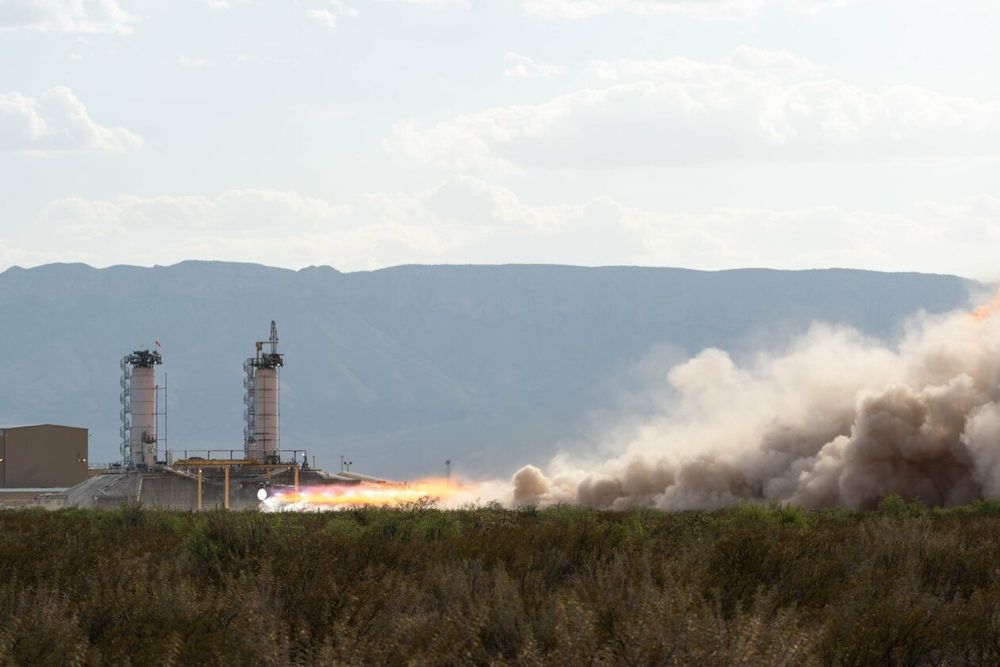
Jeff Bezos touts a full-power firing of Blue Origin’s next-generation BE-4 rocket engine
Amazon billionaire Jeff Bezos is showing off a picture of his Blue Origin space venture’s BE-4 rocket engine going full blast during a hot-fire test in Texas.
“BE-4 continues to rack up time on the test stand,” Bezos said in an Instagram post accompanied by a picture of today’s full-power engine test.
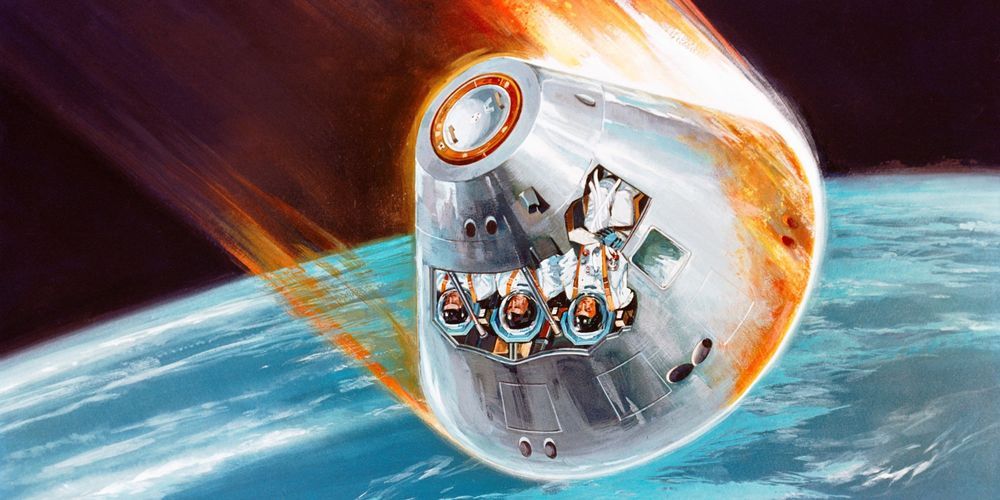
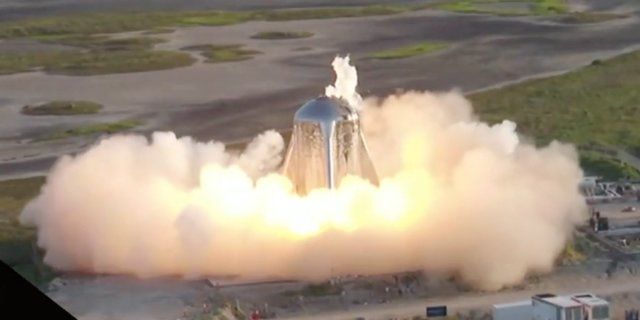
SpaceShipTwo Wings Systems Installation
What’s the latest with the next spaceship we’re building for Virgin Galactic? The wing structure is complete! Watch as we made preparations to install landing gear, RCS systems, flight controls and pneumatic tubing which powers the feathering system http://virg.in/wLg
A 3D map of stars reveals the Milky Way’s warped shape
Like a misshapen potato chip, our home galaxy is warped. A new 3D map brings the contorted structure of the Milky Way’s disk into better view, thanks to measurements of special stars called Cepheids, scientists report in the Aug. 2 Science.
Making 3D measurements of the galaxy requires estimating how far away stars are from Earth, typically a matter of guesswork. But unlike other stars, Cepheids vary in brightness over time in a particular way that can be used to determine a precise distance to each star.
Although the Milky Way’s disk is usually depicted as flat, previous observations had revealed that the galaxy is curved at its edges. The new study shows that that the Milky Way is even more warped than scientists had thought, says astronomer Dorota Skowron of the Astronomical Observatory of the University of Warsaw. If you took a spaceship into deep space and looked back at our galaxy, says Skowron, “you could see by eye” that it’s misshapen.
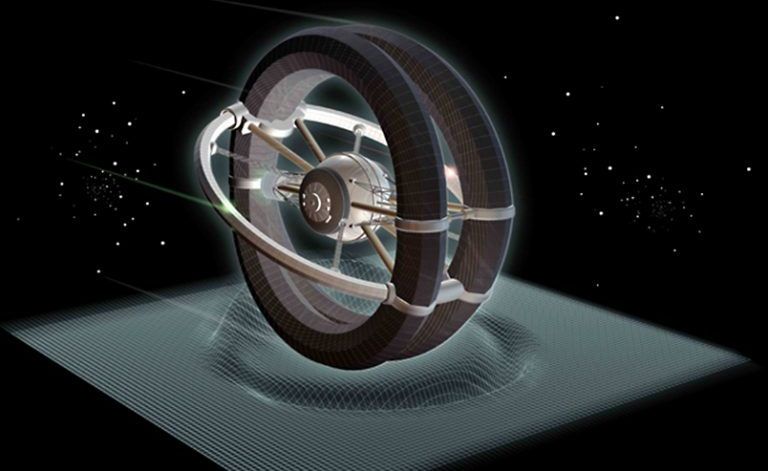
NASA –Faster-than-Speed-of-Light Space Travel? “Will ‘Warp Bubbles’ Enable Dreams of Interstellar Voyages?”
A number of NASA scientists are currently researching the feasibility of warp drive (and EMdrive and a number of other modes of faster than light travel); however, most scientists think that such forms of space travel simply aren’t viable, thanks to the fundamental physics of our universe.
“Routine travel among the stars is impossible without new discoveries regarding the fabric of space and time, or capability to manipulate it for our needs,” says Neil deGrasse Tyson, the “Cosmos famous” astrophysicist at the American Museum of Natural History, said “By my read, the idea of a functioning warp drive remains far-fetched, but the real take-away is that people are thinking about it — reminding us all that the urge to explore continues to run deep in our species.”
There have been hints the past few years that NASA may be on the path to discovering warp bubbles that could make the local universe accessible for human exploration. NASA scientists may be close announcing they may have broken the speed of light. According to state-of-the art theory, a warp drive could cut the travel time between stars from tens of thousands of years to weeks or months.

Echoless light could help send signals through walls and skin
In 1948, physicist Leonard Eisenbud proposed a particular way of transmitting the waves to overcome this. But not until now have researchers made it happen.
By Michael Slezak.
It’s a call with no response. A new way of creating waves – whether of light, radio or sound – that don’t echo promises to improve everything from your Wi-Fi signal to medical imaging to shining lasers through space.
As a wave travels – think of light shining through water, for example – it can become scattered. This is a problem in telecommunications: if you send digital signals down a very long optical fibre, the pulses can get stretched out, and 1s can start to blend into 0s.
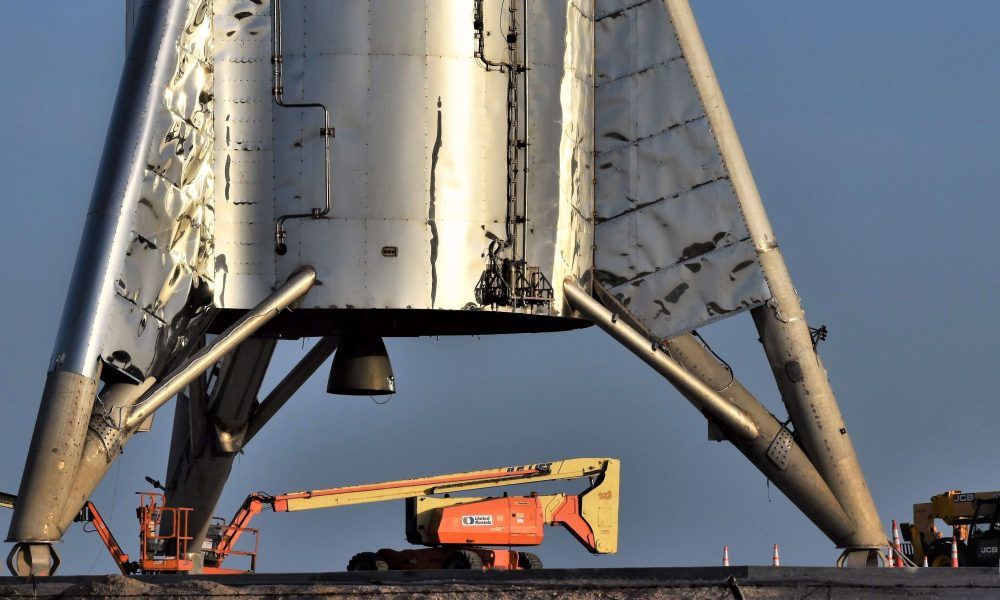
SpaceX moves Starhopper back to launch pad, puts 200m hop test on the calendar
On July 28th, SpaceX wrapped up modifications to a rented robotic lift vehicle and carefully moved Starhopper back to its launch facilities three days after its inaugural flight. Another two days after that, SpaceX filed road closure requests confirming the date for the Starship prototype’s next launch.
According to those road closures, SpaceX is preparing Starhopper for a second flight just 17 days after its first hop and has cordoned off August 12th through the 14th to provide a backup window or two and a possible pre-flight static fire opportunity. In recent days, SpaceX has begun the process of refurbishing Starhopper and its pad facilities, although – by all appearances – very little work is needed to return the vehicle to flight readiness.
In fact, just yesterday (July 30th), SpaceX began reattaching the pad’s quick-disconnect (QD) umbilical ports to Starhopper in an important post-flight test and a first step towards verifying that all ground support equipment (GSE) is healthy. Thankfully for the pad, Starhopper is powered by just one Raptor engine, producing a maximum of 200 tons (450,000 lbf) of thrust at sea level.